South Carolina – The Lizard Man of Scape Ore Swamp
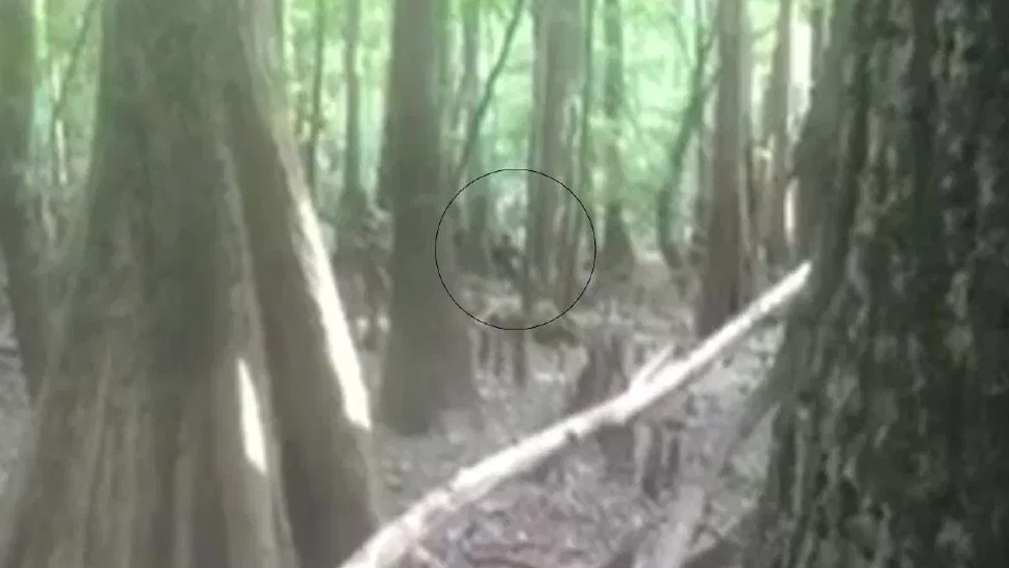
Described by 17-year-old South Carolinian Christopher Davies as “green, wetlike, about 7 feet (2.1 m) tall [with] three fingers, red eyes, skin like a lizard, snakelike scales”, the Lizard Man was first reported in the Lee County region of South Carolina in 1988. Subsequent tales have made it onto CNN in 2008 and local WCIV TV news crews reported on an alleged sighting in 2015. Officials believe the Lizard Man is, in fact, just a bear.
Michigan – The Michigan Dogman
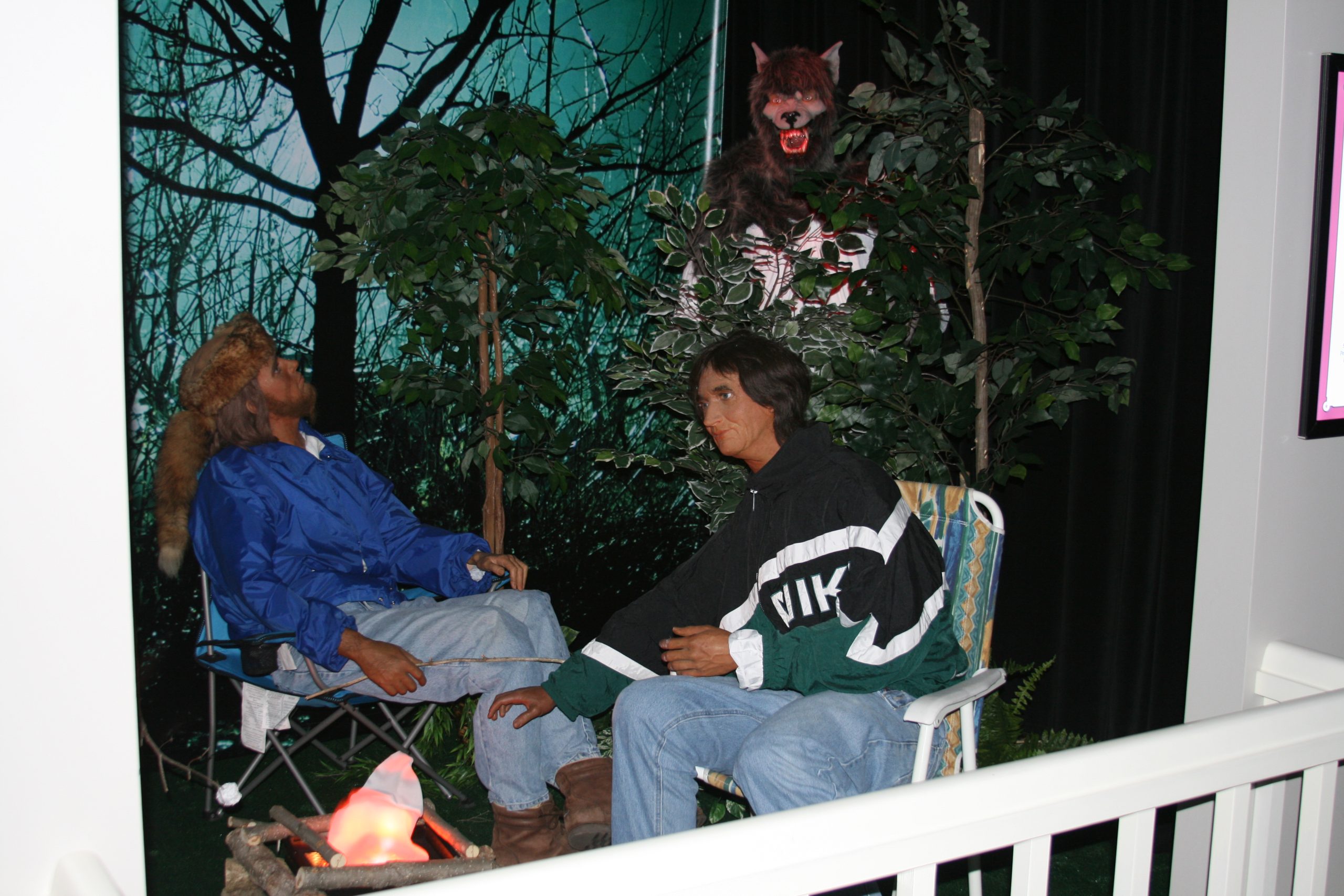
The first alleged encounter of the Michigan Dogman happened all the way back in 1887. Two Wexford County lumberjacks claimed they saw something that had the body of a man and the head of a dog while out working. The creature was also allegedly spotted in Paris, Michigan in 1937 and then again in the Allegan County and Cross Village areas in the 50s and 60s.
Arizona – Mogollon Monster
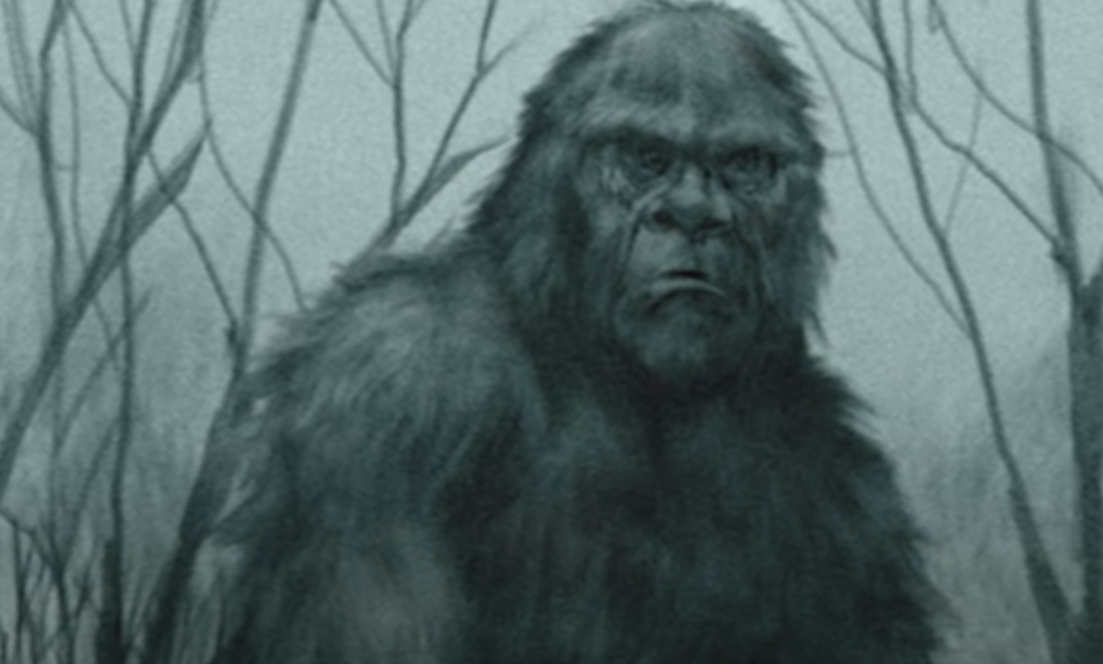
The Mogollon region of Arizona is a steep sloped mountainous area of land that forms the southwestern part of the Colorado Plateau. Within this expansive terrain exists the reputed abode of Arizona’s very own Mogollon Monster. The initial sighting of the Mogollon Monster dates back to 1903, when IW Stevens encountered a green-eyed, fur-covered ‘man’ during a journey to the Colorado River.
Arkansas – The Fouke Monster
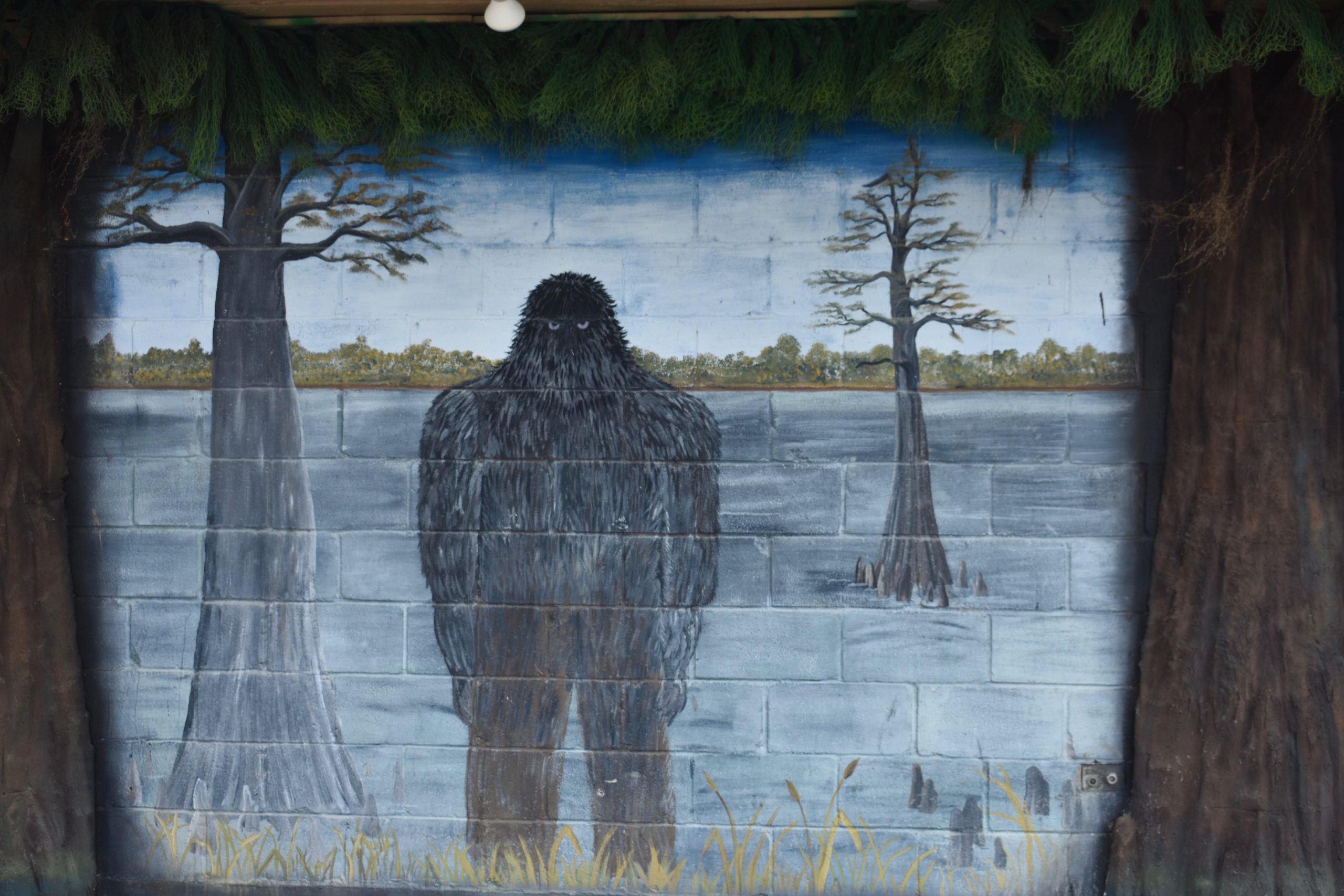
With local folklore putting sightings of an ape-like creature as far back as 1856, it was in the 1970s that the small, rural town of Fouke first alleged that a monster was terrorising their residents. The alleged creature made local headlines in 1971, when it was reported to have attacked the home of Bobby and Elizabeth Ford. According to Elizabeth Ford, the creature reached through a screen window on the night of May 2 while she was sleeping on a couch.
Wisconsin – The Hodag
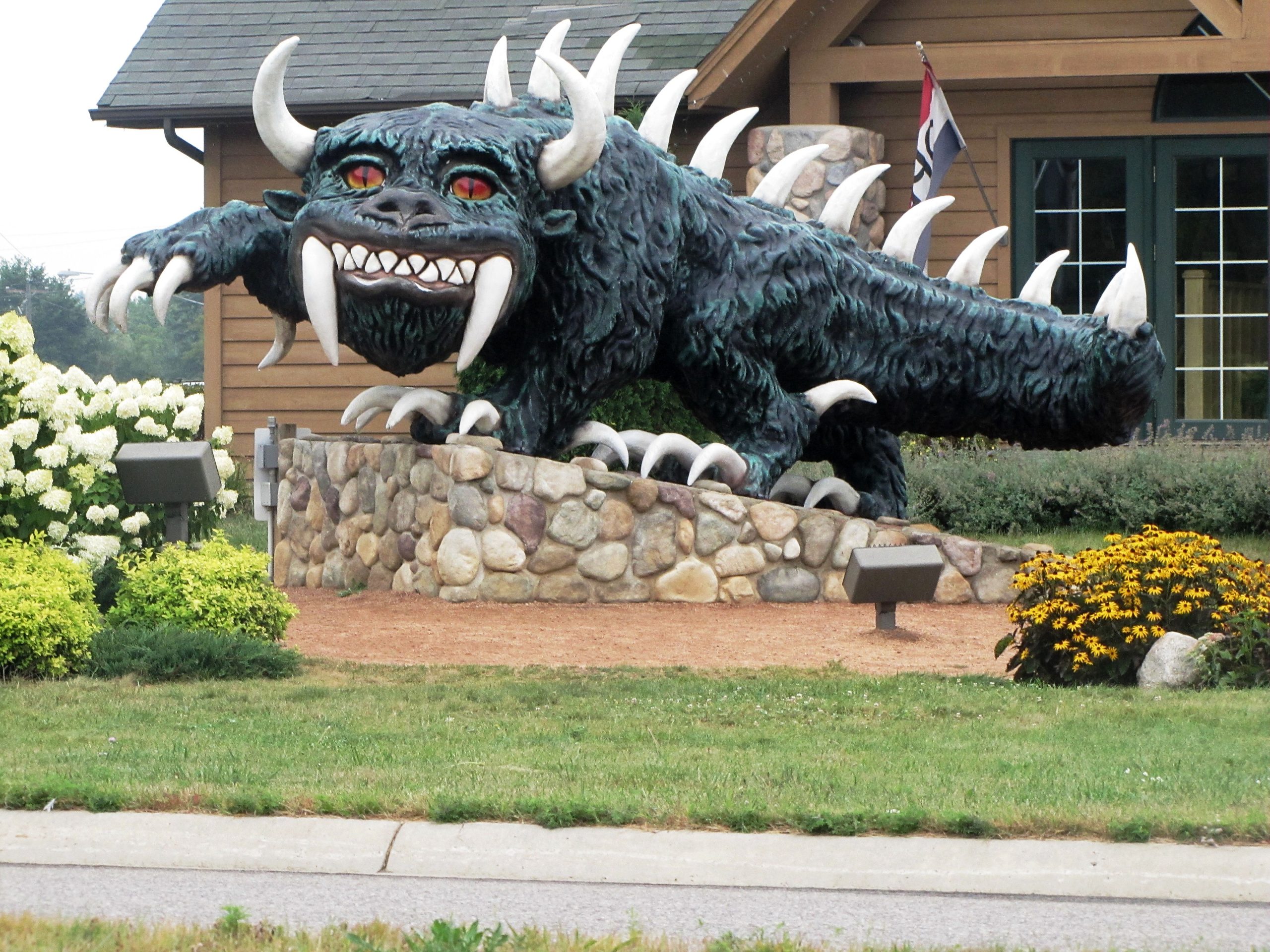
In 1885, Eugene Shepard, a deputy land surveyor and known prankster, brought the legend of the lumberjack-eating Hodag to life. Shepard describes the Hodag as having giant horns, a horned tail, and an unsightly face. The Hodag of local folklore says it can’t withstand its reflection, and that it would go to weep in the forest if it caught sight of itself.
New York – Champ
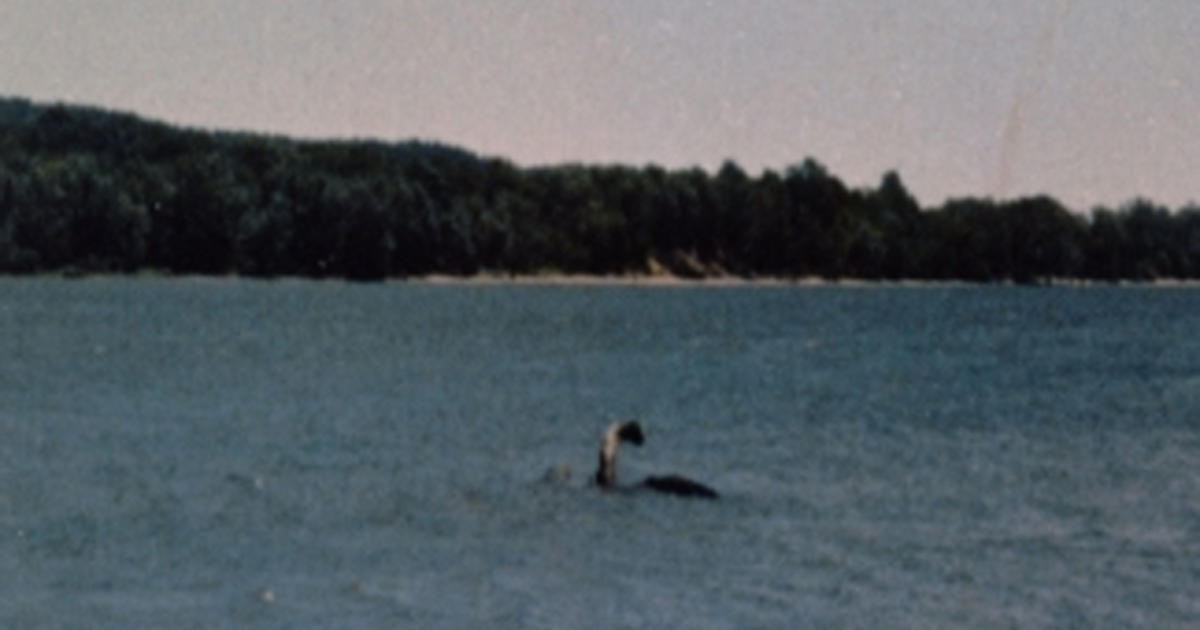
According to legend, a huge serpent-like sea monster known as Champ calls Lake Champlain its home. The legend grew after French cartographer Samuel de Champlain, after whom the lake is named, recorded the presence of larger than normal aquatic animals in his journals in 1609. Speculation ramped up over the following centuries, with over 300 reported sightings of Champ to date.
California – Bigfoot
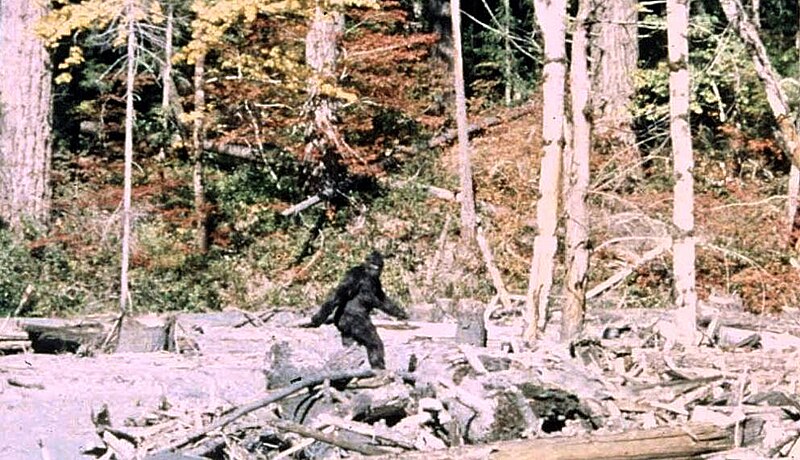
Made famous in popular culture by the 1967 Patterson-Gimlin film, the legend of Bigfoot, or Sasquatch, is well documented. The Patterson-Gimlin footage was captured at Bluff Creek, California and attempts to prove its authenticity or to prove its a hoax have gone on ever since. Bigfoot enthusiasts have offered up plenty of ‘evidence’ over the years to support the existence of Bigfoot, from hair samples to footprints, yet scientists and sceptics alike are in agreement that Bigfoot is just a myth.
West Virginia – Mothman
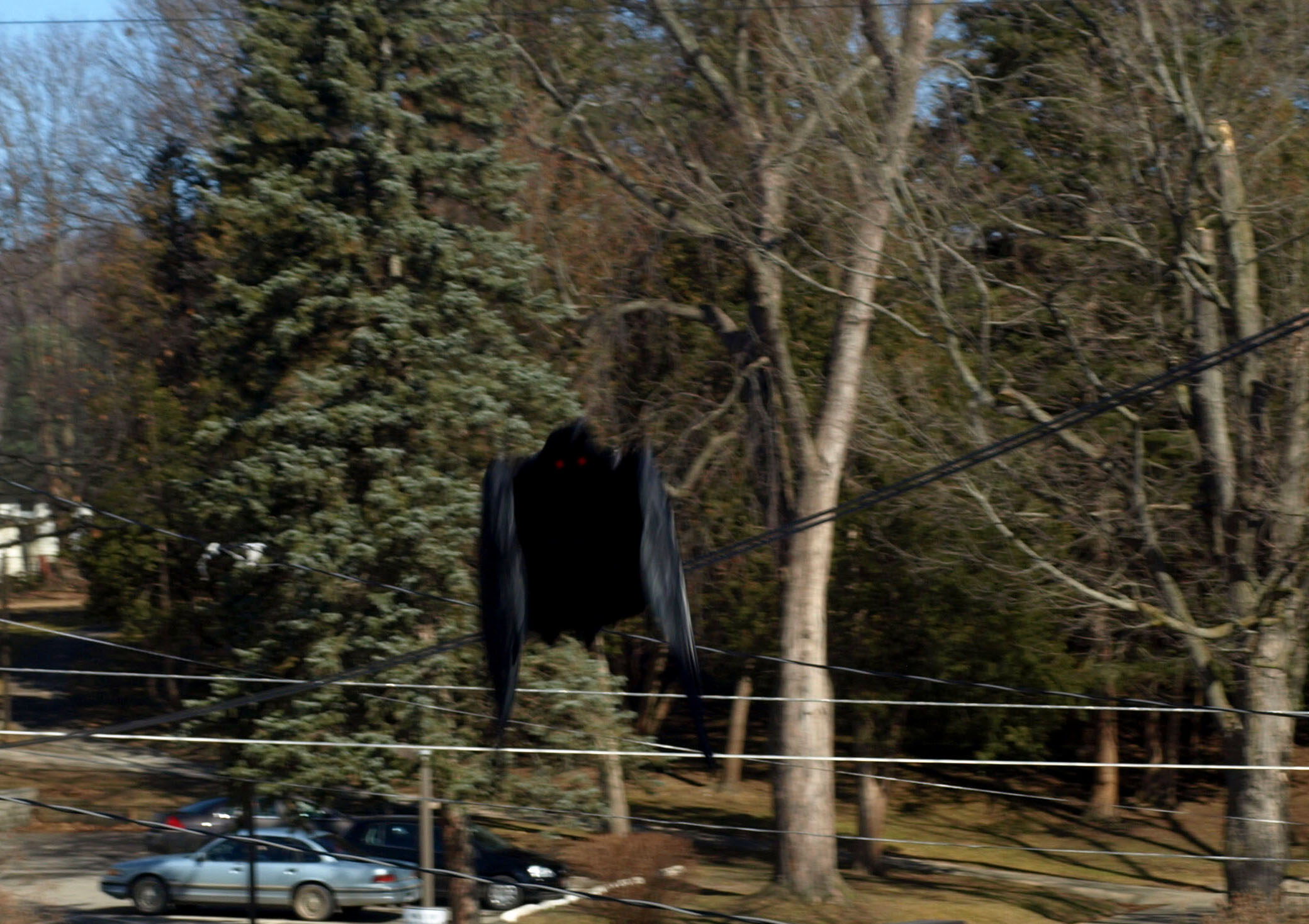
According to West Virginia folklore, the Mothman is a humanoid figure that was allegedly scaring locals in the Point Pleasant area in 1966 and continued its reign of terror for over a year. The Point Pleasant Register newspaper ran a story in November 1966 under the headline “Couples See Man-Sized Bird … Creature … Something.” It is believed however that given the timeframe, it was most likely misidentified sightings of migratory sandhill cranes or herons.
Iowa – The Van Meter Monster
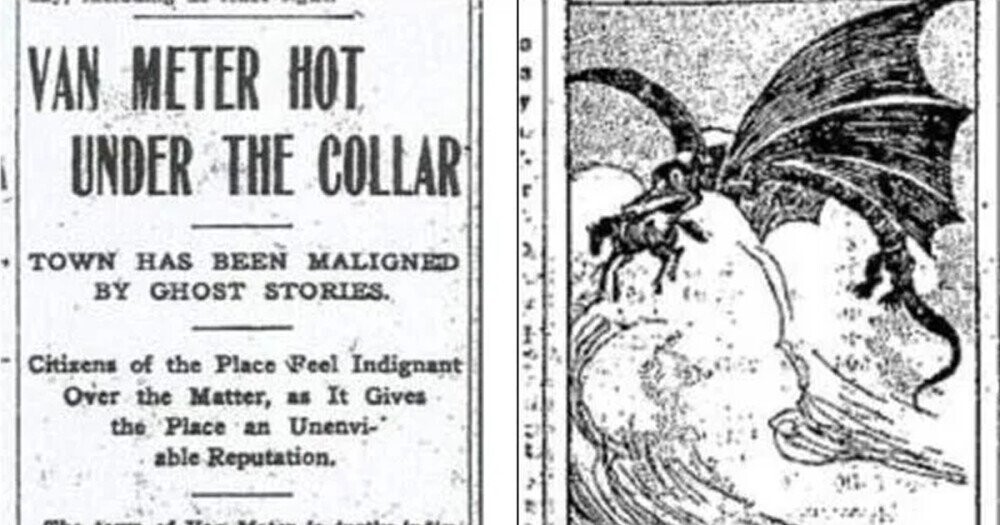
The Van Meter Monster tale emerged with the town’s founding in 1903. Local man UG Griffith noticed an odd light on a rooftop and as he approached, the light suddenly flew across the street. Another resident, Dr Alcott, claims a light visited him during the night and behind it he could see a half-human, half-animal creature. Soon the whole town was in search of the beast and when they finally discovered its lair and fired at the light, it vanished.
Ohio – The Lake Erie Monster
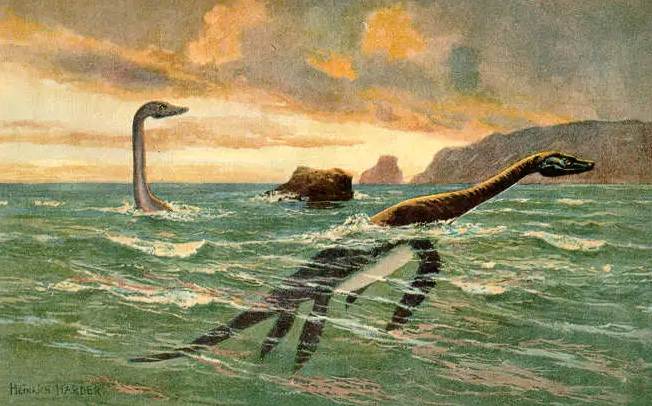
Lake Erie is renowned as the alleged home of Bessie, a serpent-necked entity supposedly sighted there. In 1817, two French settlers reportedly came across a stranded, dying creature. Described as a sturgeon-shaped 30-foot monster, it vanished before their return, leaving silver dollar-shaped scales on the shore. Much like Loch Ness in Scotland, Lake Erie towns have capitalised on the myth and Bessie is seen as a local tourist attraction.
Alabama – The Wolf Woman of Mobile

In April 1971, the local newspaper for the Alabama town of Mobile, the Mobile Register, took calls from scared residents reporting having seen a strange creature, described as half woman and half wolf. The newspaper decided to print a piece on the creature, including a drawing by the paper’s illustrator. Perhaps unsurprisingly, the following week the paper had over 50 calls reporting further sightings. And so soon after April Fool’s Day… draw your own conclusions.
Idaho – The Twilight Dragon of Payette Lake
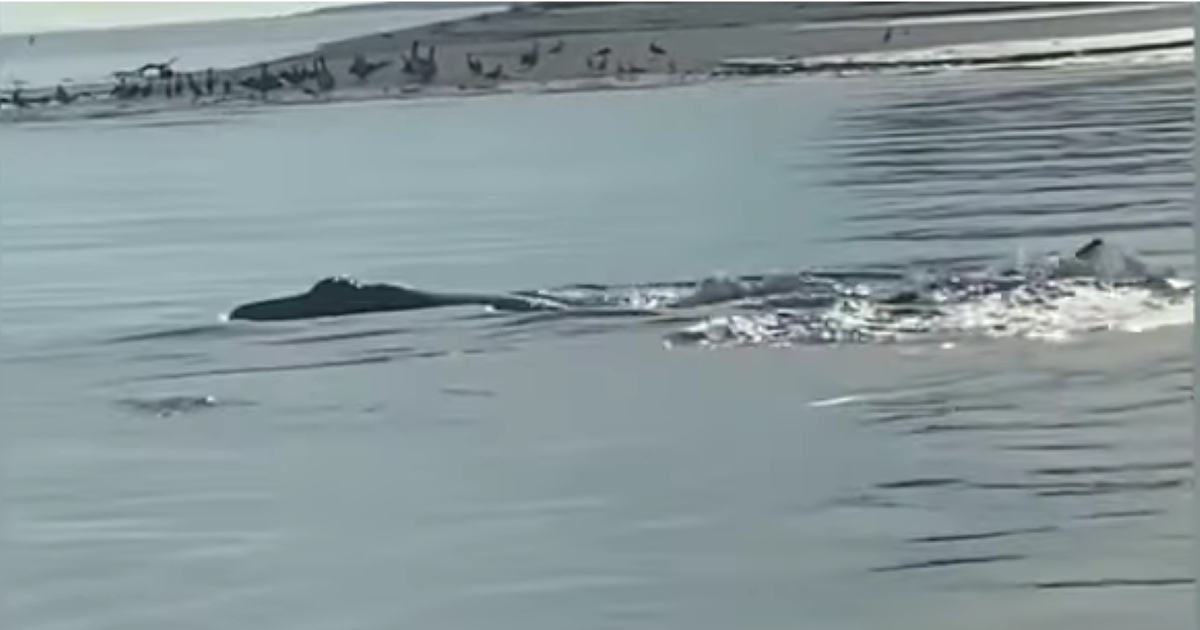
According to local legend, Payette Lake on the outskirts of McCall in Idaho is home to a giant serpentine beast. It goes by a variety of names including Sharlie, and there are numerous reports of people having seen a creature with a head like a dinosaur, a humped back and skin that is reminiscent of a shell. The first recorded sighting was in 1920, when workers at the lakeside thought they saw a log, which then moved. No sightings have been recorded since 1997.
Wyoming – The Jackalope
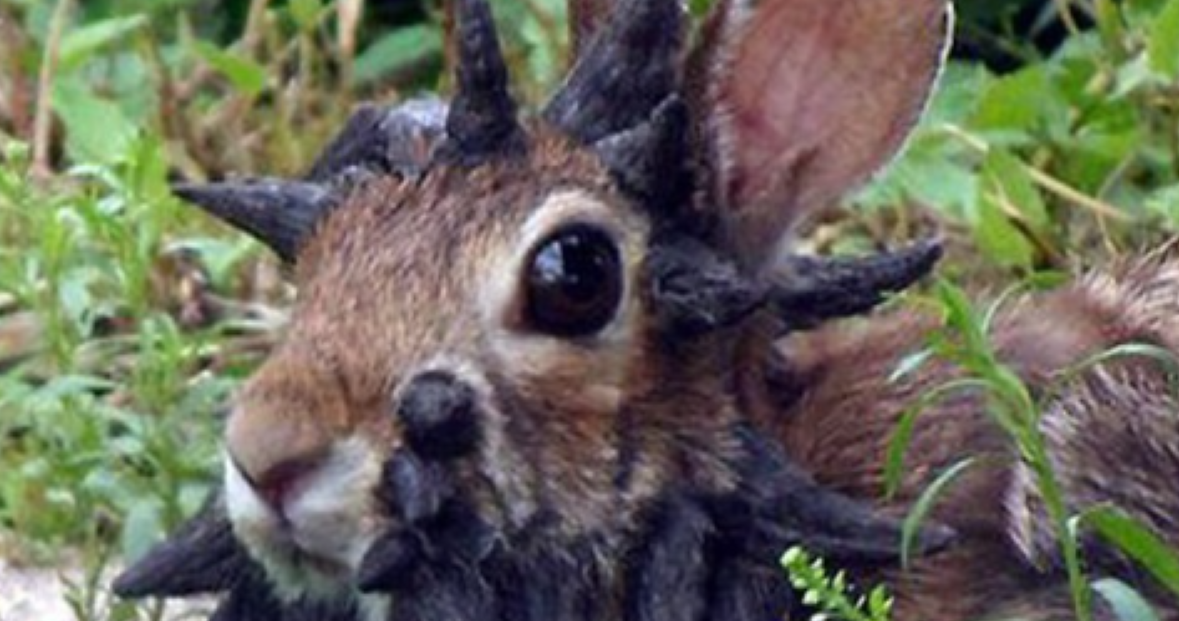
The Jackalope, a horned rabbit, is said to have been sighted in Colorado, New Mexico, South Dakota, Nebraska and of course, Wyoming, where legislators have declared it as the state’s official mythical creature. Anyone visiting Douglas in Wyoming can see how fond they are of the supposed jackalope, due to the eight-foot statue and the warning signs. Some say it’s just a hare with severe papillomatosis (a virus that causes horn-like growths in hares). You decide.
Colorado – Tommyknockers
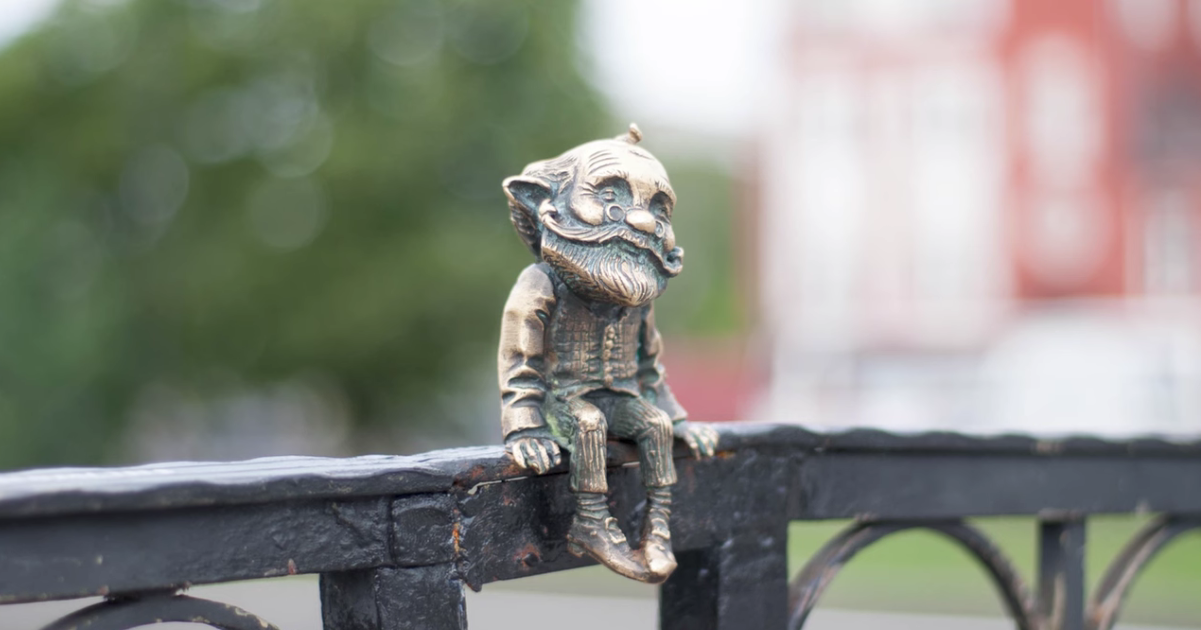
In the 1820s, miners from Cornwall emigrated to Colorado and brought with them not only their mining skills but their folklore too. Believed originally to be helpful little creatures, guiding the miners to their ore and knocking to warn of danger, the underground elves were rewarded with the last morsel of the miners’ pasties into the mines. So much respect is held for the mythical little folk that the brewery in Idaho Springs, Colorado was inspired to name itself after the Tommyknockers.
Georgia – Altie the Sea Monster
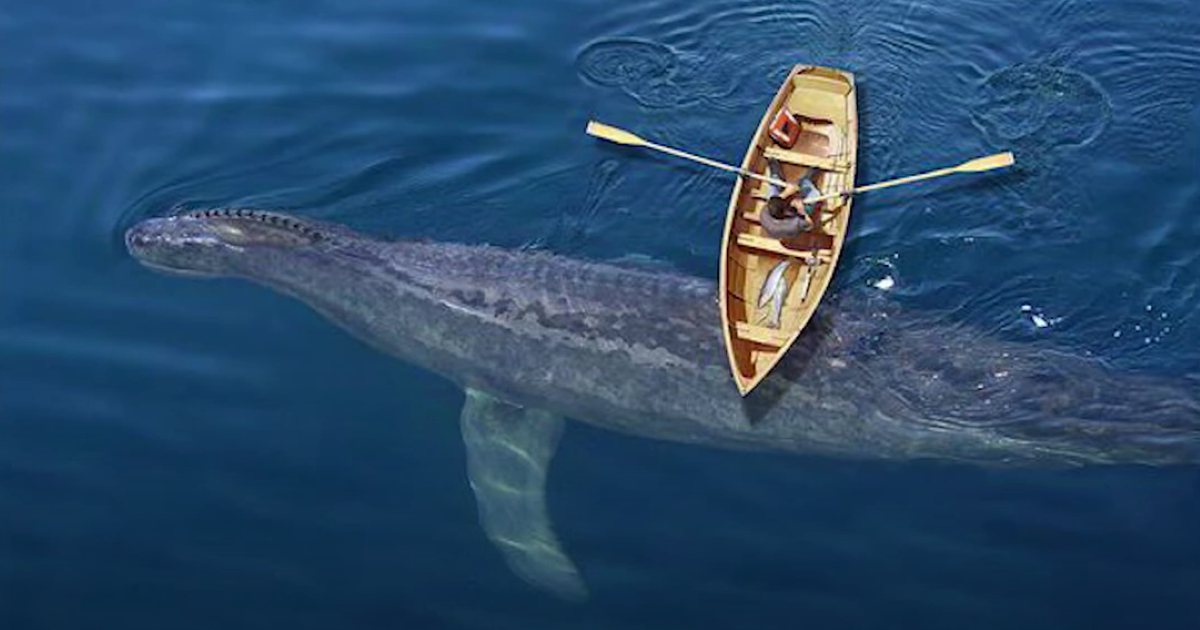
The state of Georgia used to be known for its growth of rice, but that came to an end in the late nineteenth century due to a number of factors. Nowadays the empty rice fields, according to local legend, is the Altamaha-ha sea monster, known in Georgia as Altie. The first stories came from the Muscogee Tribe, according to the daily paper The Brunswick News, and even now the occasional sighting is reported swimming in the Altamaha river near Darien.
Alaska – Qalupalik
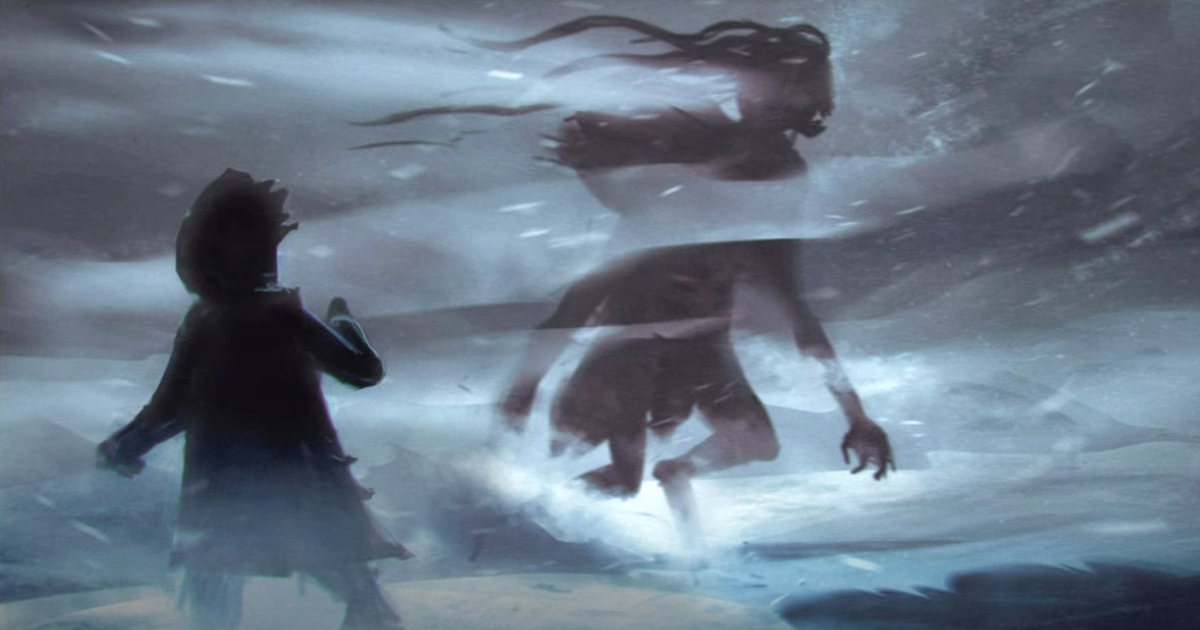
Some of the best old stories are there to protect children from harm, and that is likely true of the mythical Qalupalik, a creature of Inuit origin. Described as a humanoid sea creature with green scaly skin, long hair and long nails, the horror of the Qalupalik is that she is rumoured to steal children who have strayed too close to the icy water. That’s certainly way to avoid kids falling to their deaths in the freezing sea.
Florida – The Skunk Ape

Although sightings of the delightfully-named Skunk Ape have been reported in states throughout the American Deep South, including Oklahoma and North Carolina, most of the reports hail from Florida. Urban legend tells of a foul-smelling, ape-like creature that roams the southernmost USA, and so popular is the myth that there is even a tourist attraction on Highway 41 in Ochopee, Florida. So regardless of whether you’re a believer or not, you can enjoy the legend.
Kentucky – The Pope Lick Monster
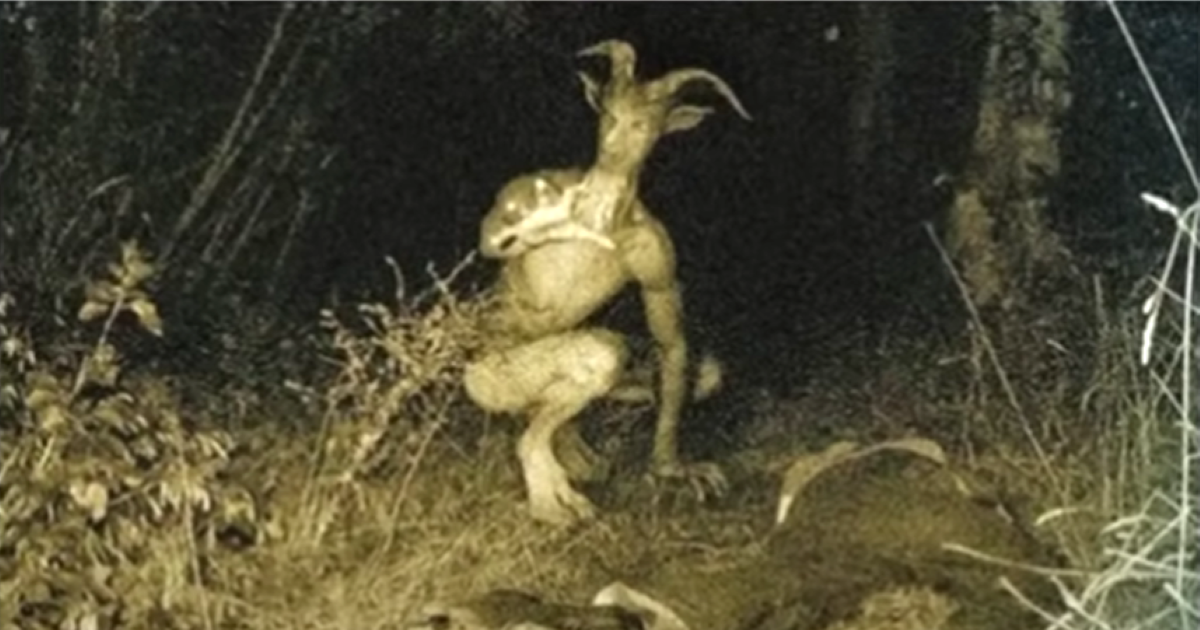
Urban legends abound about the origins and habits of the mythical Pope Lick Monster, also known locally as the Goat Man. It’s said that he lives underneath a railway trestle bridge over Pope Lick Creek, in Louisville. Some say it lures victims by hypnosis or voice mimicry, onto the path of an oncoming train, while others believe that the sight is enough to make victims jump off the bridge. The reality is that several people have died from misadventure on the tracks whilst seeking the legendary monster. Nothing fictitious about a freight train.
Delaware – Pukwudgie
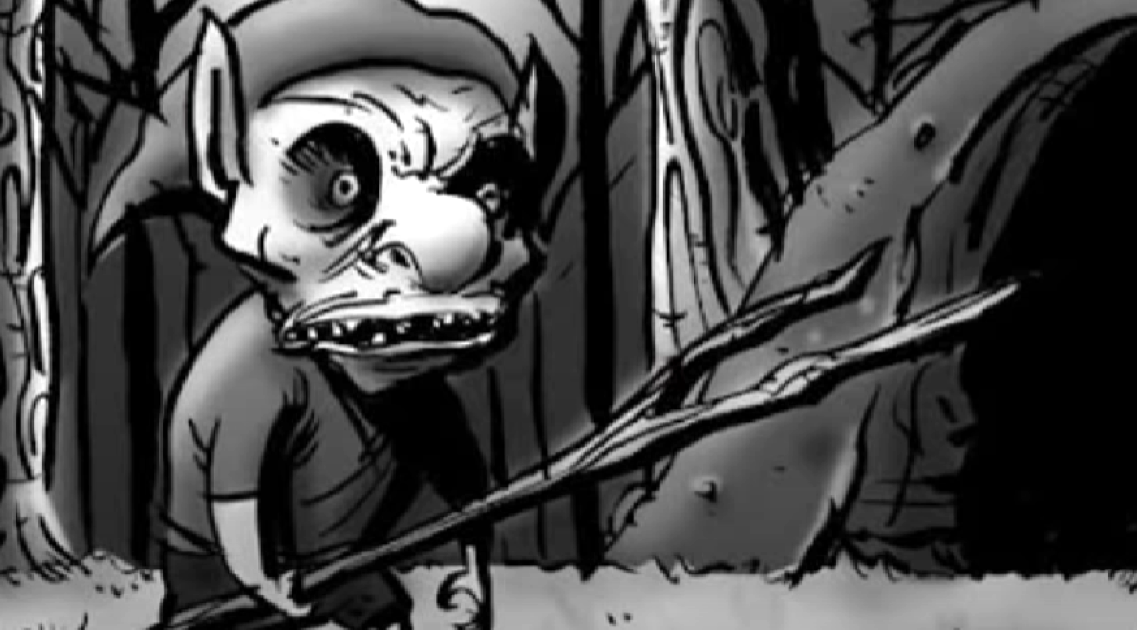
If you go down to the (Delaware) woods today, you’re in for a big surprise … or rather, a little one, in the shape of a three-foot-tall Pukwudgie. If you believe in mythical creatures, that is. Originating in Wampanoag folklore, they are said to be vicious little people who turned against humans out of jealousy for the fondness humans had for Maushop, another Wampanoag folklore character. Perhaps best not to go down to the woods after all.
Illinois – The Cole Hollow Road Monster
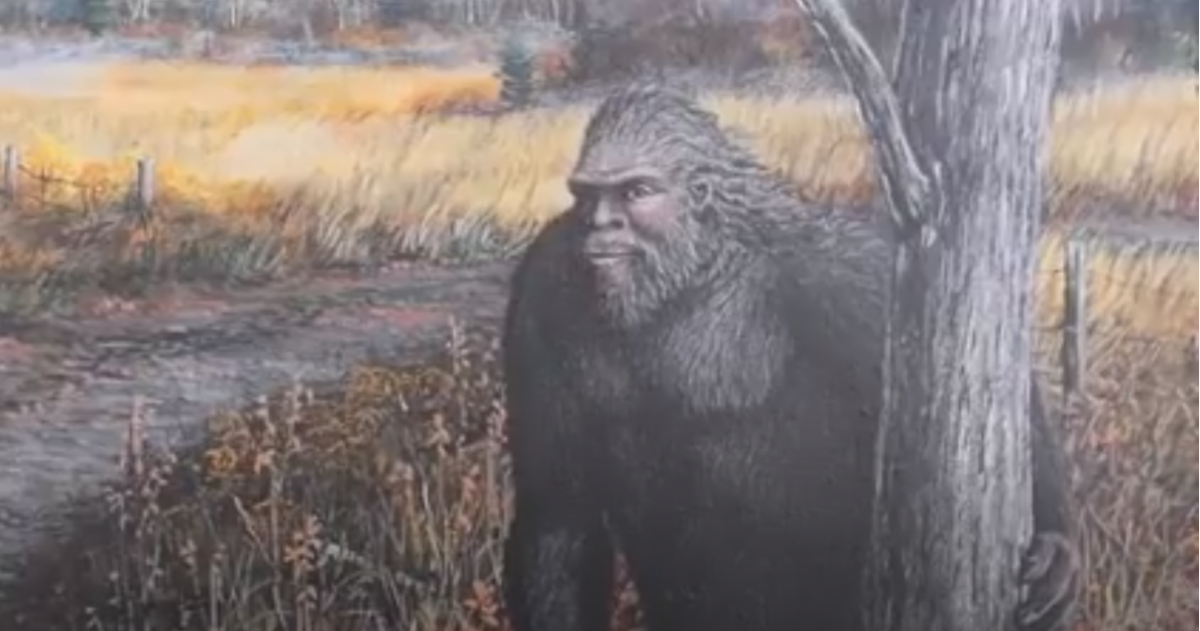
Talk of a large, hairy beast around the Cole Hollow Road in Pekin, Illinois first began in 1972, with over 200 calls logged on May 25th. Two months later, a 100-strong search party set out to track down the mysterious creature, but was disbanded by police when a volunteer shot himself in the foot in error. Talk of Cohomo (as he’s known locally) has diminished in recent years, but occasional sightings are still reported.
Washington – The Tacoma Narrows Bridge Octopus

Official reports state that the Tacoma Narrows bridge collapsed due to “aeroelastic flutter” caused by 42mph winds, but the more interesting theory is that an enormous octopus tore it down. The bridge was known during its brief four-month existence as “Galloping Gertie” (it collapsed the same year it was opened). Thankfully, whether it came down from high winds or a massive octopoda, the only fatality was a spaniel named Tubby, who was abandoned by his owner. Rest in peace, Tubby.
Louisiana – The Rougarou

A variation of the French loup-garou (meaning werewolf), the legend of the Rougarou has been passed down through generations of French Louisiana folk. Said to prowl the swamplands and woodlands of Louisiana, the mythical Rougarou is often used to manage behavior in children, although historically it was also used to inspire strict adherence to religious practices such as fasting during Lent.
Mississippi – The Three-Legged Ghost
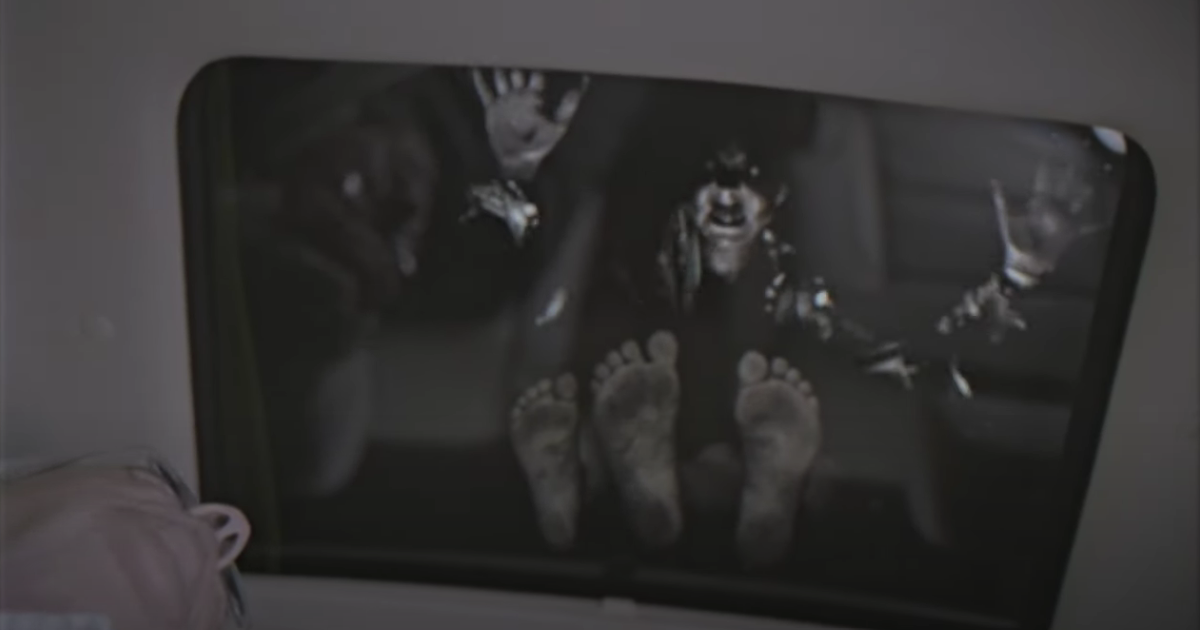
Fancy racing a ghost from the safety of your car? If that’s your idea of fun, you could head to Nash Road in Colombus, Mississippi. Rumoured to be haunted by a ghost who carries a leg, supposedly the only remaining part of her murdered daughter, it is said that if you turn off your lights and honk your horn three times, she might turn up for a race. Just don’t expect her to play by the rules.
Minnesota – The Wendigo

The mythical Wendigo comes originally from the folklore of Great Plains and Great Lakes Natives, although more modern influences have taken the creature and added horns or antlers to its appearance. Regardless, the creature is said to invoke cannibalistic tendencies in its victims. In 1879, a Native American known as Swift Runner killed and consumed his family, blaming it on a Wendigo. He was convicted and hanged, nonetheless.
Hawaii – The Menehune
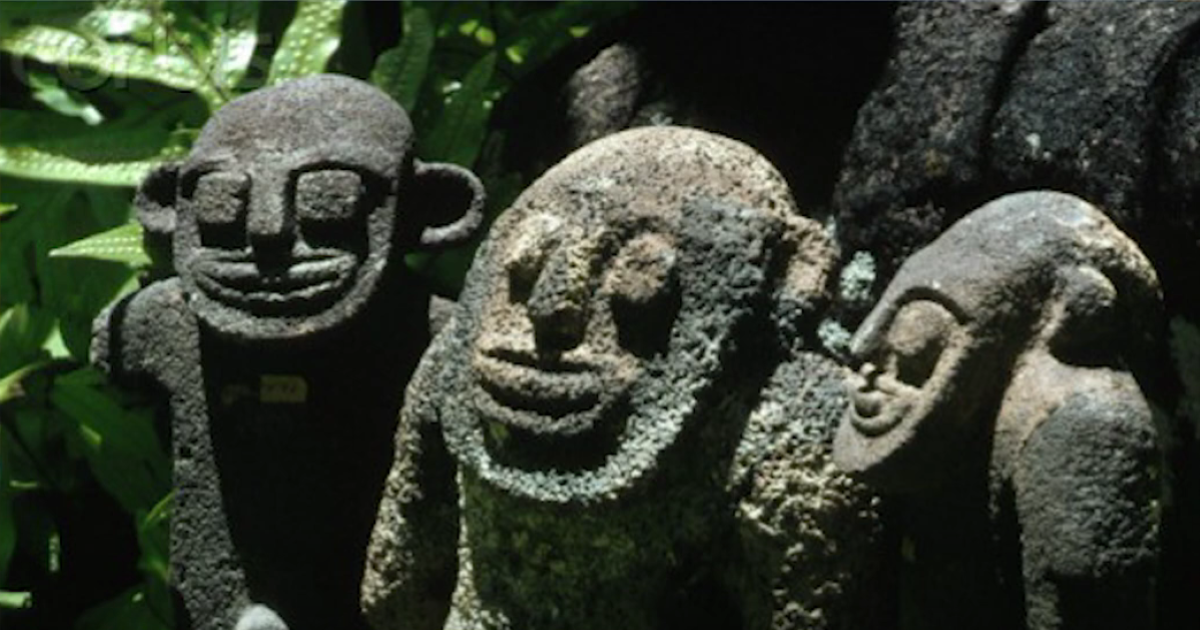
The deeply spiritual Native Hawaiians could no doubt tell you chapter and verse about the Menehune, mythical little folk who it is said are responsible for the creation of the Alekoko Fishpond, which was listed on the U.S. National Register of Historic Places in 1973. There is talk that the Menehune left Hawaii when the first settlers arrived, although the 1820 census listed 65 of the population as Menehune.
Kansas – Sinkhole Sam
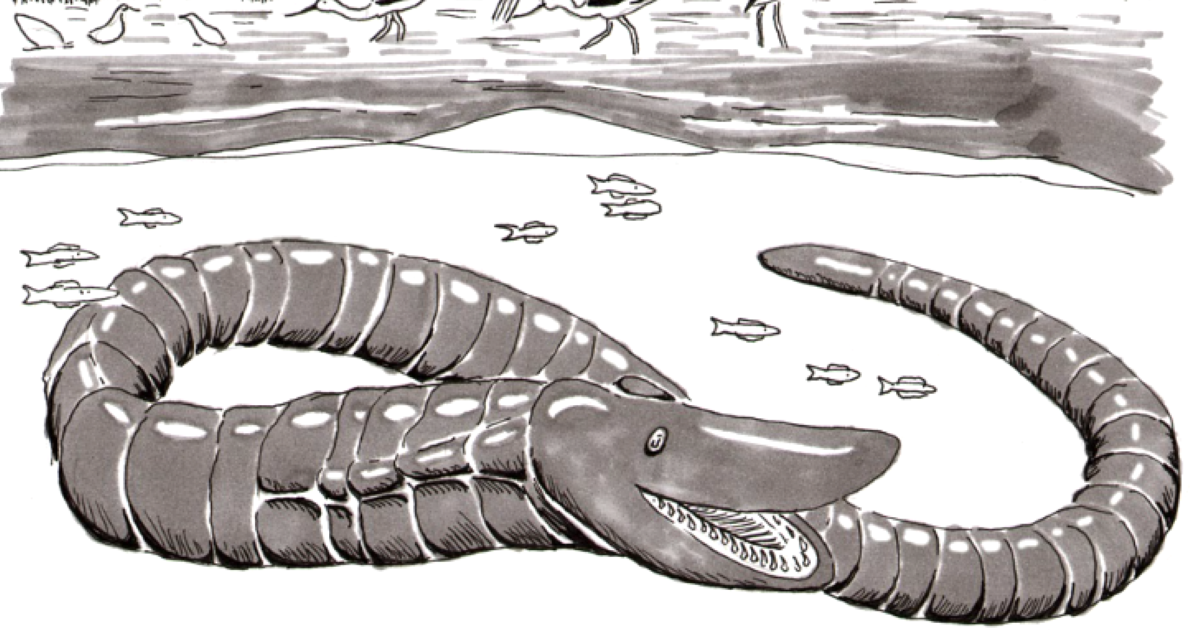
The legend of Sinkhole Sam has prompted plenty of interest, not least from Michael Alberty of kansascitymag.com, who in 2020 was so curious about the creature that he spoke to cryptozoologist Loren Coleman. Coleman compared the description of Sinkhole Sam to another mythical beast, the Mongolian death worm. Since neither creature has been proven (or indeed disproven), it’s up to you to decide whether sightings were actually of an usually large gopher snake, or something else.
Missouri – The Ozark Howler
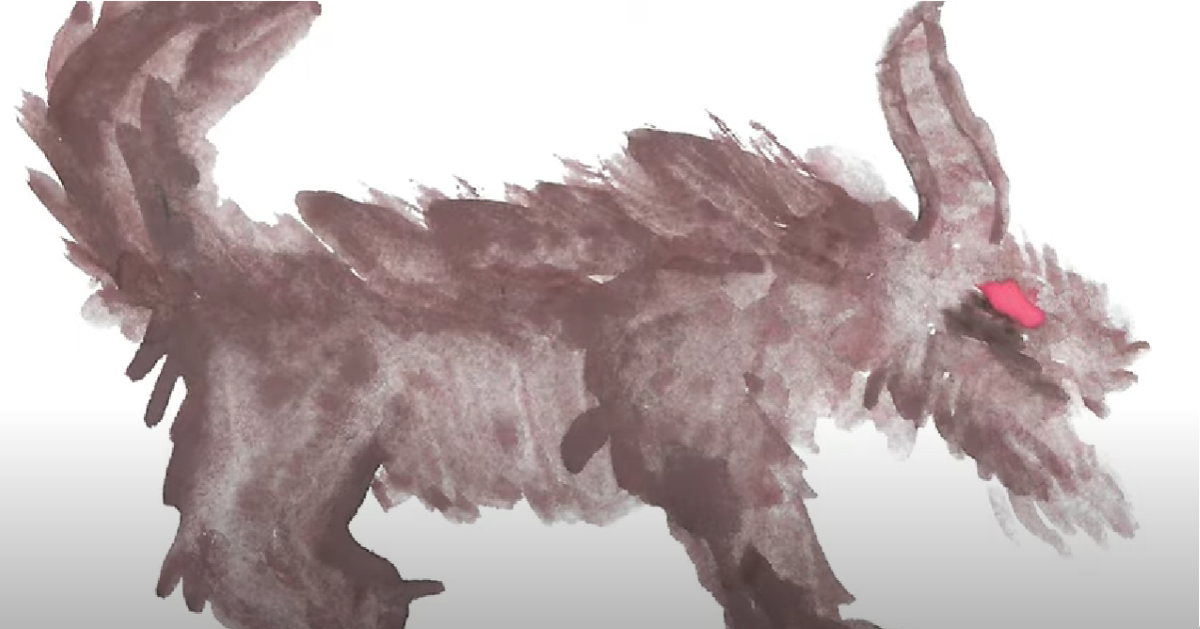
Reports of the Ozark Howler date back to the 1950s, although descriptions differ. However, all the reports seem to be made with fear and awe. There is talk of a giant black cat with glowing eyes (although all cats’ eyes glow when it’s dark), and a terrifying howl, described as “deep and guttural”. There is no reason why a big cat should be prowling round the Ozarks, but cryptids don’t often follow the expected. That’s half the fun.
Pennsylvania – The Squonk

A squonk, however unproven, is a pitiful creature. It was first recorded in the book Fearsome Creatures of the Lumberwoods by William T. Cox. The book suggests that squonks migrated from deserts to swamps and eventually to Pennsylvania. Even if you choose not to believe, the description is quite morose – “Because of its misfitting skin, which is covered with warts and moles, it is always unhappy… follow a squonk by its tear-stained trail, for the animal weeps constantly.” The poor thing – what a sad little myth.
Maine – The Pocomoonshine Lake Monster
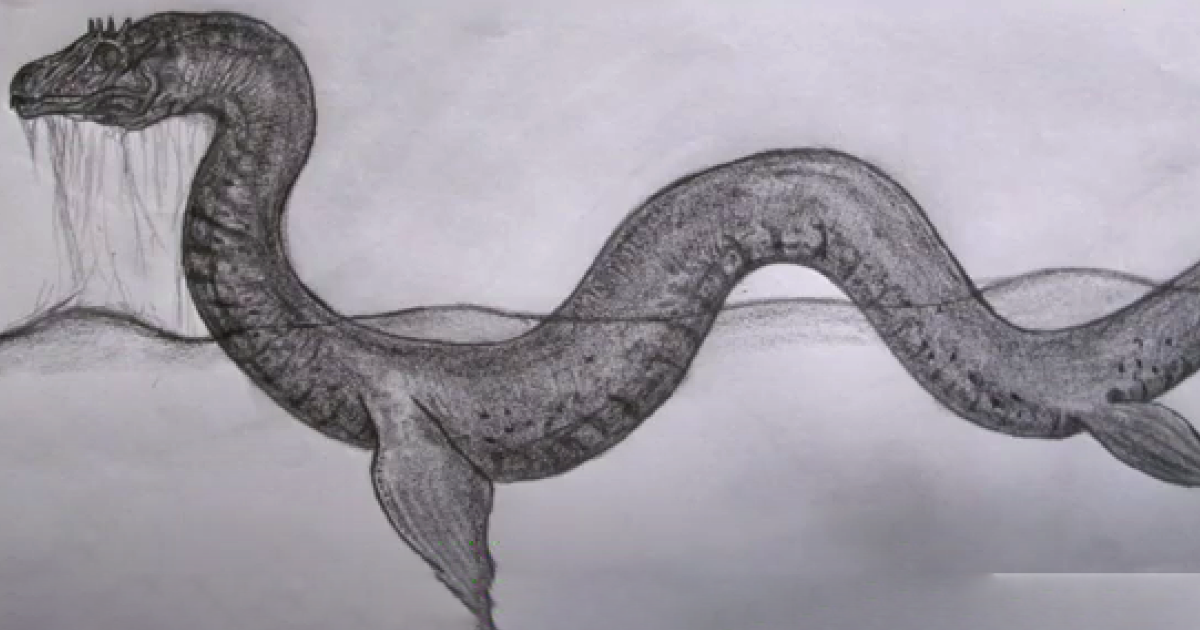
The tale of the Pocomoonshine Lake Monster is that a shaman from the Algonquin tribe disagreed with the chief of the Micmac tribe, and they decided to settle the disagreement on the shore of Lake Pohenagamook. According to the folklore, the shaman transformed into a giant snail and the chieftain into a 40-foot snake. The gargantuan snail won (don’t ask how), and the dead snake was tied to a tree by the lake. So obviously the next thing to happen was a serpentine creature sighted in the lake. Go figure.
Vermont – The Pigman
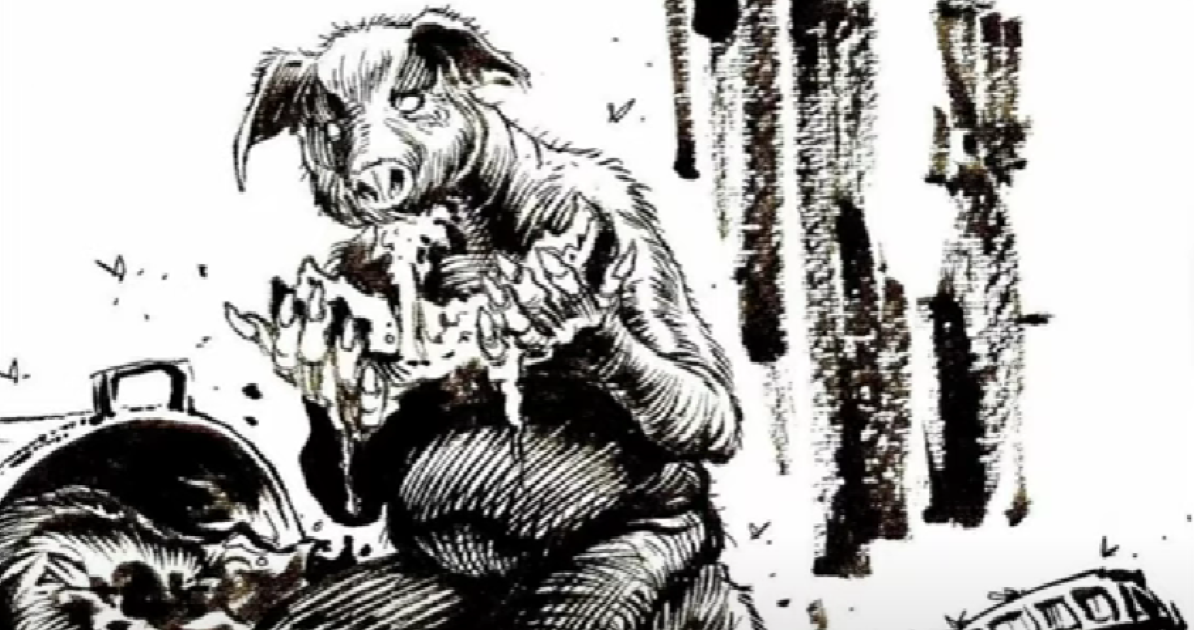
This particular legend starts as recently as Hallowe’en 1951, when a teenage boy called Sam Harris disappeared. The story goes that he was possessed by an evil spirit and went on to kill a pig and wear its hollowed-out head as a mask. How delightful. Since then, there have been numerous reported sightings of the Pigman, especially in the appropriately named Devil’s Washbowl.
Nebraska – The Walgren Lake Monster
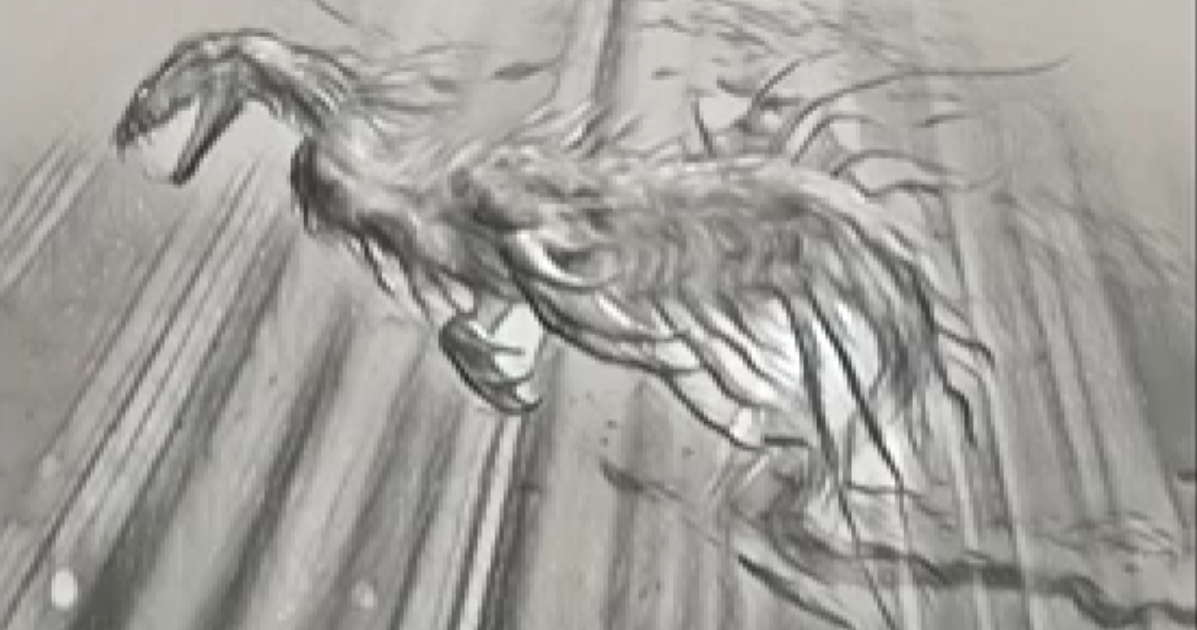
This legend has some history to its name, even for a cryptid. It was referenced in a 1935 biography by Nebraskan author Mari Sandoz and was reported as far away as The Times newspaper in London. However, there is speculation that Nebraskan politician John G. Maher had a hand in it, who is an infamous hoaxman. Nevertheless, the village of Hay Springs has embraced the legend as a local symbol. What fun.
New Jersey – The Jersey Devil
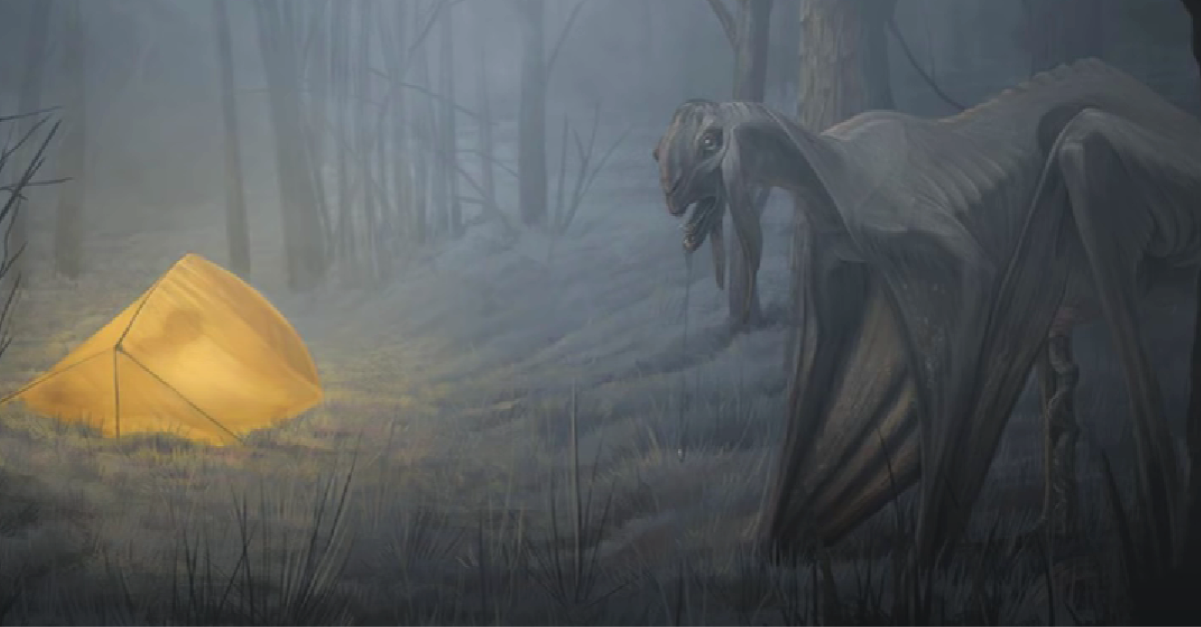
The Jersey Devil is well known as being the state hockey team’s logo, so if nothing else it has found its claim to fame in that. There are a multitude of different descriptions, but what seems to be agreed is that it lives in the Pine Barrens in Jersey, not too far from the glitz and glare of Atlantic City. One common myth is that the Jersey Devil was the thirteenth child of a Jane Leeds, who apparently cursed the poor child upon learning of her pregnancy. What a start in life.
Tennessee – The Spearfinger
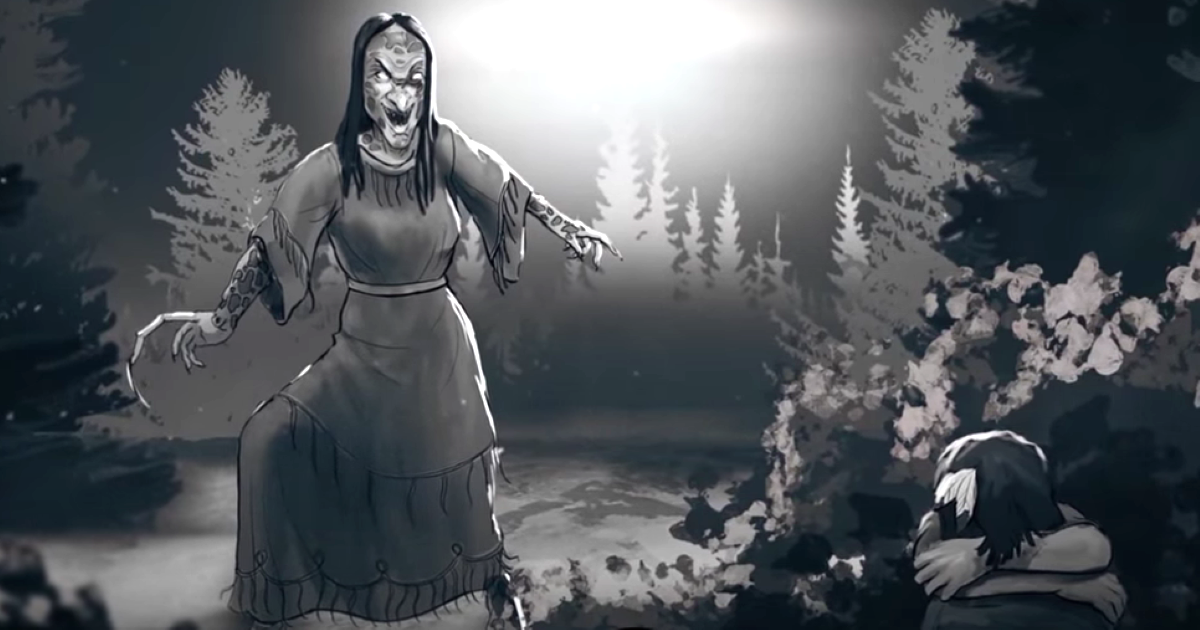
The horrific Cherokee legend of the Spearfinger tells of a terrifying shapeshifter who roams the Chilhowee mountain trail and the Little Tennessee river. The story goes that she is made of stone and can infiltrate her victim’s life by taking the form of someone they trust. It is said she then uses her long, sharp finger to cut out the child’s liver. One of the scariest myths for sure.
Virginia – Chessie

There are claims of sightings of the legendary Chessie, a sea monster that lives in Chesapeake Bay, from 1936, possibly from a helicopter (although skeptics point out that the first known Sikorsky helicopter flight was in 1939). Another sighting of the serpentine beast came in 1943, from two perch fisherman. Since then, Chessie (as it came to be known) has been adopted as a local mascot.
New Mexico – La Llorona
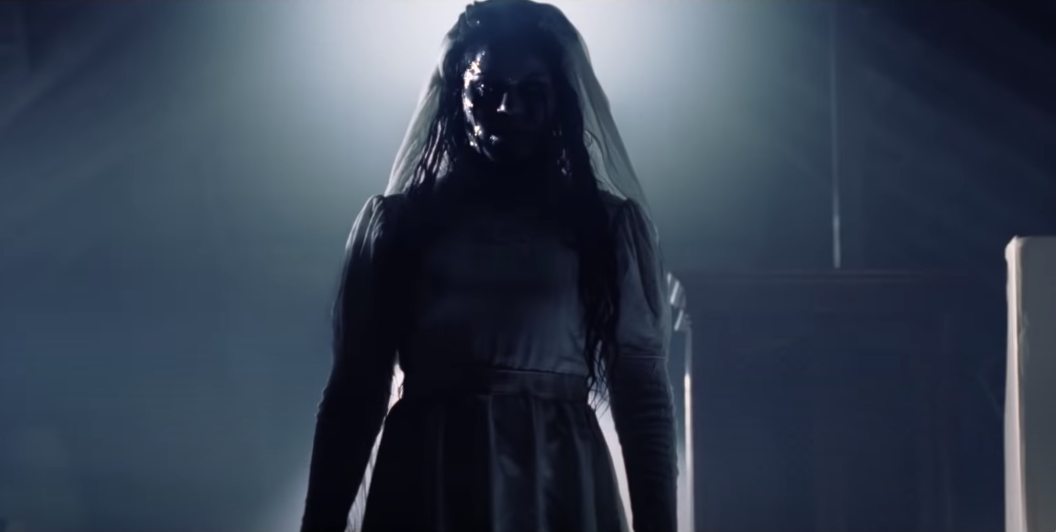
La Llorona translates as “weeping woman”, and New Mexico has its own, in the form of an angry ghost. Once a beautiful lady called Maria, she was unhappy in her marriage and (depending on which version you hear), either killed or lost her two sons. The guilt tormented her until she died, and beyond, and it’s said that her ghost walks the riverbank in mourning and attacks anyone close to the river. That’s one angry mama.
Utah – Skinwalkers
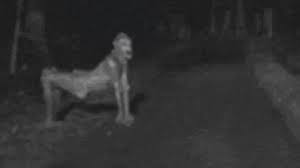
In the stories of the Navajo, a skin-walker is a malevolent witch who can shapeshift for evil purposes. There are several types of witches in Navajo culture, and the skinwalker is considered the most unpredictable and certainly the most dangerous. Nowadays, reports of an encounters with a skinwalker aren’t fatal or harmful, more in the nature of being tricked. Nevertheless, they’re not a legendary cryptid you’d want to meet.
North Carolina – The Wampus Cat
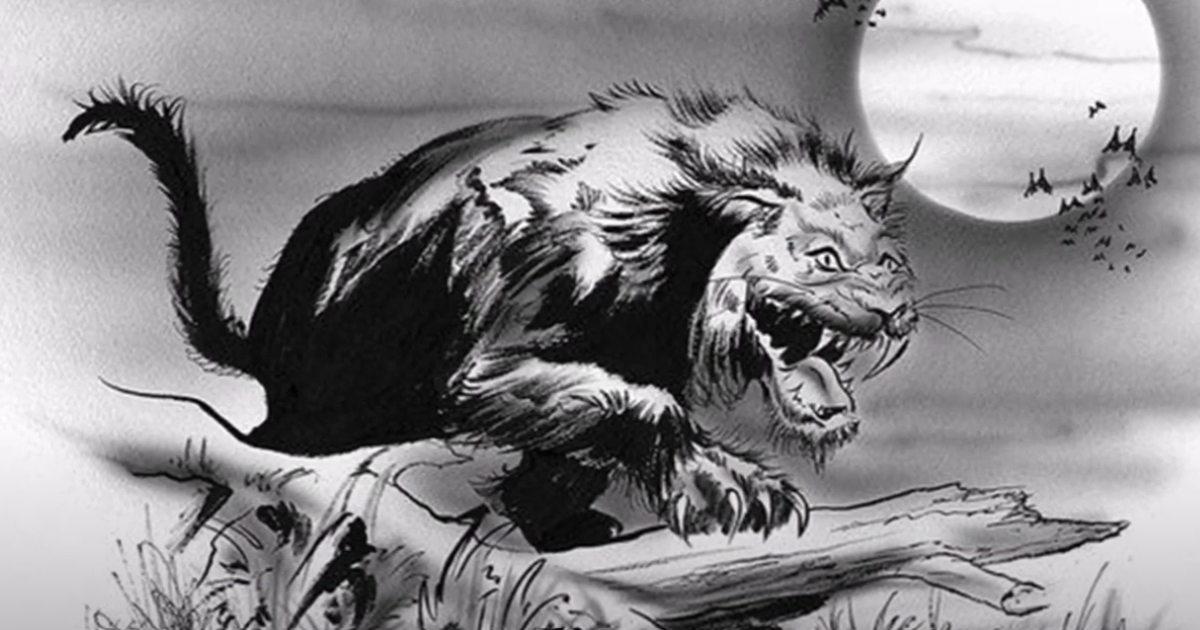
The Wampus Cat is a mascot for at least five different schools (in different states), as well as the Albemarle, North Carolina baseball team, and is found in all manner of popular cultural references. Less favourably, it is also held responsible for a plethora of animal deaths in North Carolina. The Wampus Cat is considered to be a woman who was cursed by Cherokee tribal elders for sneaking into a sacred ceremony under the pelt of a wild cat.
Oregon – The Agropelter
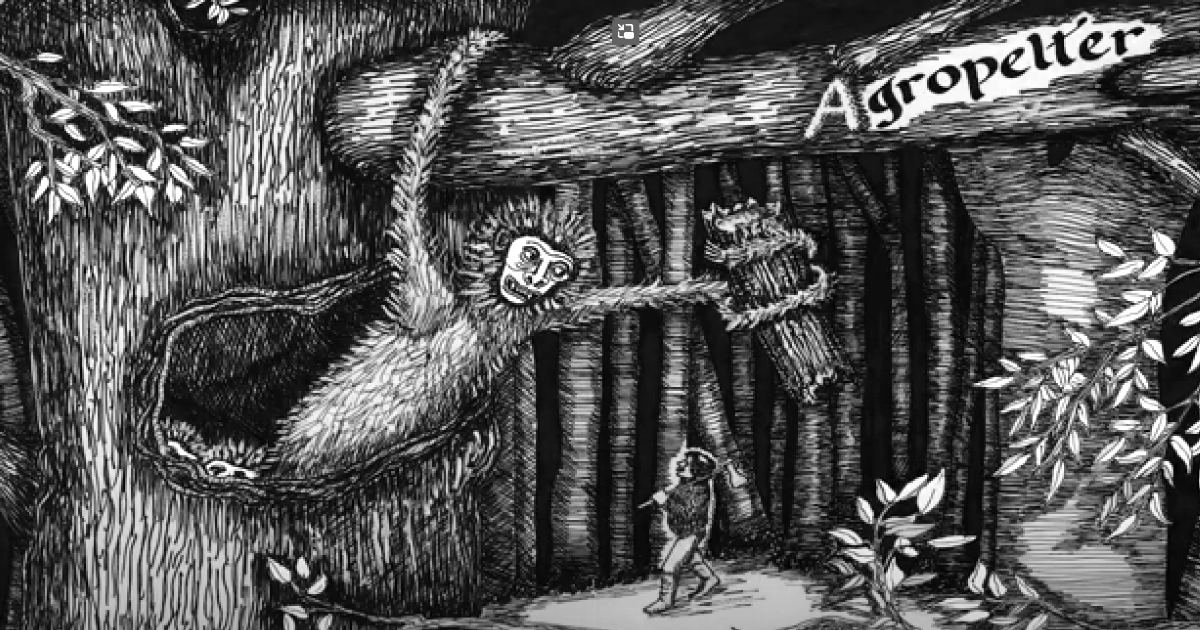
Hiding inside hollow trunks of the conifer woods of Oregon, stretching as far as Maine, there are said to be fearsome little critters called the Agropelter. Folklore would have you believe in an ape-like animal with muscular arms and a slender body, designed for speed of movement and the hurling of dead branches at its unsuspecting victims. That same folklore suggests that its offspring are always born on 29th February – at least that keeps numbers low, if it only reproduces every four years.
Texas – La Lechuza

Known in Texas as The Owl Witch, and as La Lechuza in Mexico (where the legend originates), this mythical terror is supposed to have the body of an owl and the face of an old woman. There are several theories as to her origin, but they all share one commonality – seeing one is not good. A popular belief is that she preys on inebriated men. Perhaps steer clear of too many drinks if you’re out in the lower Rio Grande Valley…
Oklahoma – The Oklahoma Octopus
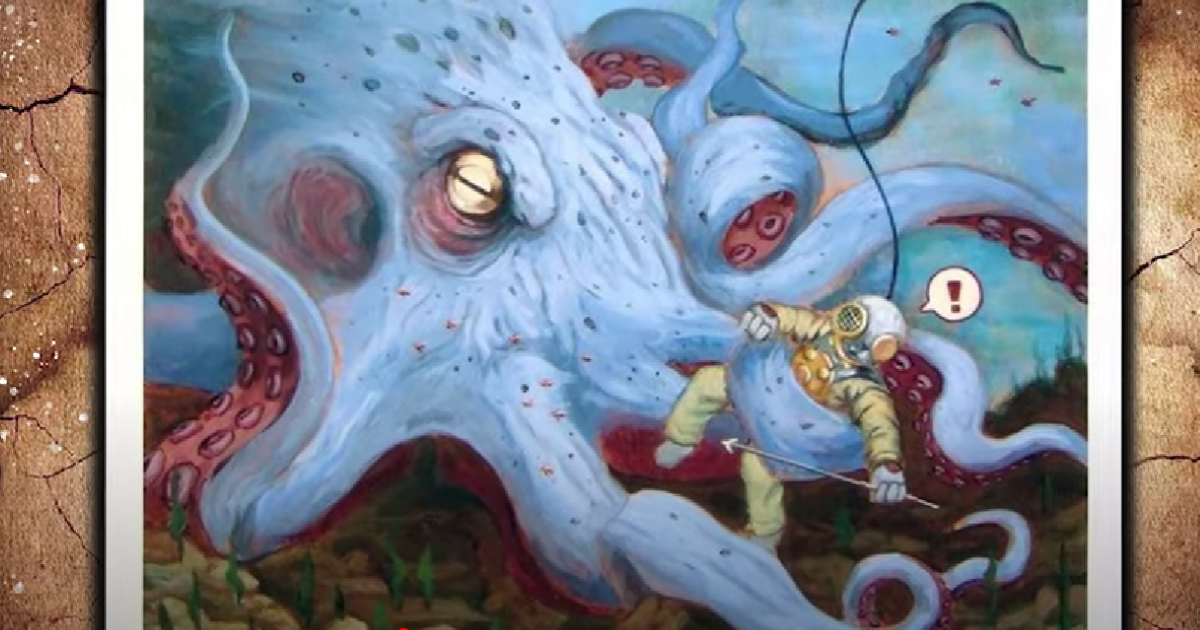
Native American legends abound throughout the USA, and Oklahoma is no different. At least four of the lakes in Oklahoma are said to have an unusual creature lurking within, and the legend tells of a freshwater octopus with a particular penchant for human flesh. For over 200 years this legend has been scaring tourists and locals alike, and some blame the questionable creature for several unexplained drownings. What a way to go.